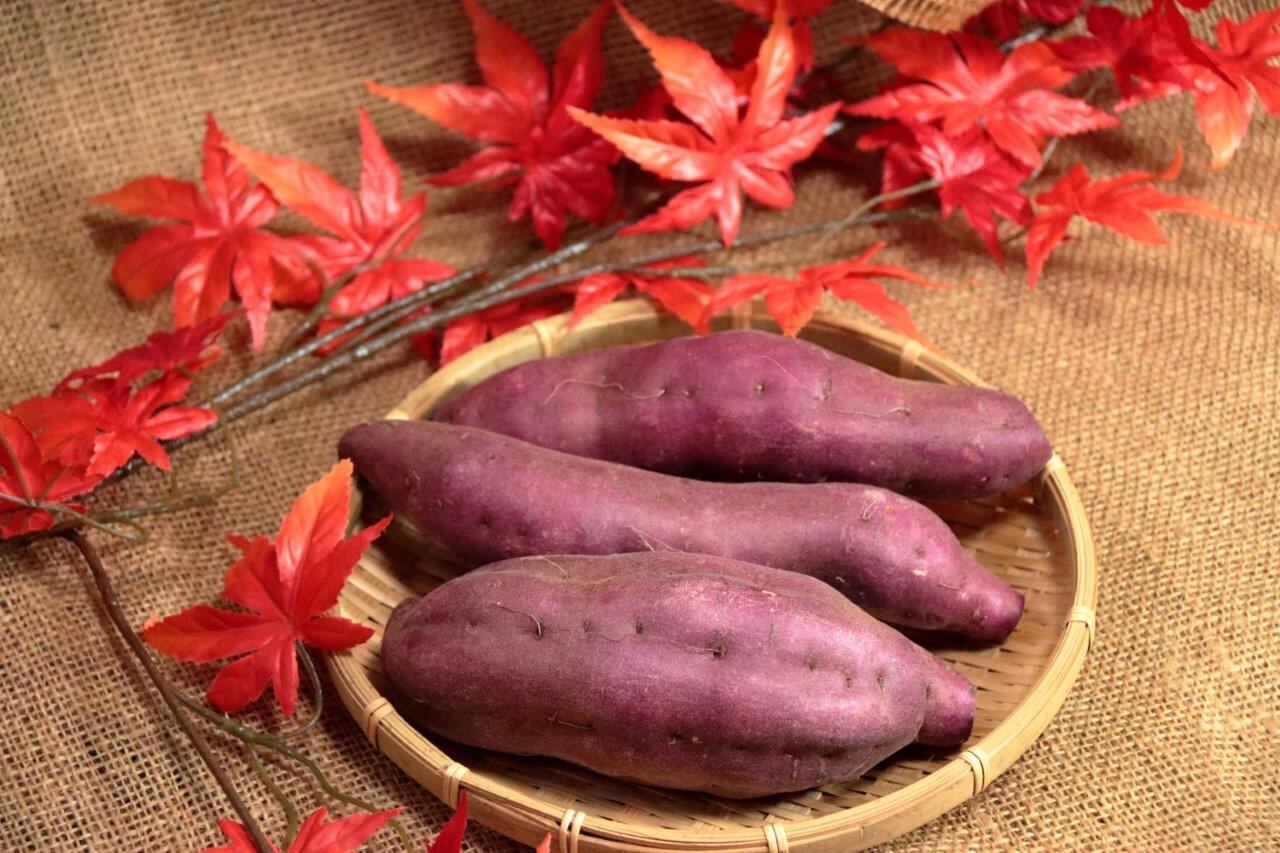For many younger, typically more affluent consumers, food and drink has become more than a simple necessity – it is now an expression of a lifestyle.
“‘You are what you eat’ has an entirely new meaning, and this has a lot to do with Instagram,” suggests Erica Franco, regional marketing manager for natural colours at Chr Hansen. “Millennials are willing to pay more for products if they have something interesting to share; posting, for example, a coloured ice cream on Instagram as part of their daily narrative has more chances to succeed.”
With consumers increasingly on the lookout for products that surprise, inspire and engage them, it’s little wonder there has been a shift towards brighter and bolder colours in recent years.
But while the adoption of vivid shades represents an opportunity for manufacturers to get their products to stand out from the crowd, it also brings challenges. Those consumers posting pictures of a product on social media tend to be the same ones using their phones to check the ingredient lists. With demand for cleaner labels and natural products now all-encompassing, choosing the right colourings has become more important than ever.
However, the market is heading in the right direction. Varying estimates suggest 70–80% of global food and drink products are now launched with either natural colours and/or colouring foods, with that percentage expected to further increase over time.
Synthetic colours
But don’t write off synthetic colours just yet. While he acknowledges the consumer trend towards natural variants, Kalsec Europe business development manager Vince Martin says synthetics still have a role to play.
“Some beverages just cannot be made to the same appearance with natural colours,” he says. “For example, cocktail liquors that need to have an open shelf-life and retain their shade. Synthetic colours still crop up in products where there is not really a healthy positioning, like strong liquor and sugar confectionery.”
For manufacturers intent on natural colours, it’s important to note that consumers’ perception of ‘naturalness’ continues to evolve. “Products that might once have been perceived as natural are now rejected by consumers,” explains Maartje Hendrickx, market development manager at GNT Group.
“The high level of demand for natural and clean-label products has created an imperative for manufacturers to move away from additives, such as copper complexes of chlorophylls (E141), which might once have been viewed as natural. Although technically from natural sources, their extraction process involves extensive use of chemicals, which is no longer accepted by consumers.”
One segment of the market free of any ambiguity over naturalness is colouring foods. Obtained from fruits, vegetables and plants, using gentle physical processes, Hendrickx describes colouring foods as a “marketer’s dream”. However, she offers a word of caution over how they are applied.
“Colouring foods often offer a straightforward solution, but every application has its own specific challenges, including vitamin and mineral content, flavour, pH, density, water and fat content,” she advises. “Heat, temperature and time can also all affect the production process. That’s why we don’t just deliver our colouring foods in cans and boxes, but as part of a full-service package.”
Experienced suppliers
Selecting a supplier with extensive manufacturing, legal and application expertise is a vital part of the process, concurs Wendy Sollis, marketing coordinator at Kanegrade.
“Factors such as pH, heat and light exposure and legality in your market must be considered before an effective natural colour is selected,” she suggests. Kanegrade works with 15 different natural pigments with E-numbers, and also has a range of clean-label colouring foods, including beetroot liquid and spinach powder.
“Many of our natural colours are used by those who want to stop using artificial colours, and we can give full technical advice on the changeover,” says Sollis. “We have also developed a carmine replacer and an alternative to titanium dioxide.”
Tied in with the clamour for cleaner labels, consumers are looking for evidence that the ingredients in their food and drink products have been sourced sustainably. To achieve its organic annatto colour, Frutarom says it trained more than 50 annatto seed farmers in Peru, so that it could offer full traceability on the growing and harvesting processes.
“Clean colours from fruit and vegetable concentrations need to be handled properly to secure the quality desired,” says Ilanit Bar-Zeev, vice-president of natural product solutions at Frutarom. “Different crops harvested in different environmental conditions can influence the profile of the natural source. Clean-label colour sources are still more limited than pigments and need to be checked regulation-wise.”
Despite the challenges, if you find the colours that meet both technical requirements and consumer desires, the opportunities can be huge. Colours, after all, have a huge role to play in the sensory perception of a product.
Social media
“Consumers eat with their eyes, as well as by smell and taste, so colour enhances the perception of ripeness and freshness of the product,” says Kevin Barrance, director of Horizon Specialities – part of the Thew Arnott Group. This perception, he adds, is only enhanced by social media.
“Consumers always want to bring something new to the scene. We have had requests from manufacturers of sports nutrition bars, for example, for pearlescent colours to add a certain ‘extra’ to the products when consumers post online.”
Through its own research, Sensient has found that UK consumers rate more ‘colour-intense’ sports drinks as having more flavour and taste than ones with less intense colours. This, it claims, has important implications in the drive to reduce sugar.
“The sweetness expectation can equally be influenced by colour intensity,” says Nina Borth, marketing director at Sensient Food Colors Europe. “For manufacturers working on reduced or low-sugar concepts, we have developed a range of colouring products that have only a minor influence on the sugar content of the final product.
“The colour spectrum ranges from sunny yellow tones, such as turmeric-based, to strong green tones based on copper-chlorophyllin, to bright red, achieved with black carrots.”
Whether they are used to enable reformulation or not, manufacturers of colours are striving for the “all-in-one solution” of extended stability, longer shelf-life and better performance, argues Bar-Zeev at Frutarom. But, ultimately, the direction of travel will remain with the consumer.
“Choosing the wrong colour for an innovative, trendy product can spell doom in the marketplace” she says. “We must listen to consumers and learn their preferences.”
Red gets a primary focus

While red has never exactly gone out of style, the trend towards brighter colours means it has been pushed to the forefront of product innovation.
Red is a key shade in many food products – from cakes to confectionery to milkshakes. But naturally sourced red colours can be rife with technical constraints for food and drink manufacturers, and achieving a bright natural red is notoriously difficult.
Red beet is not heat-stable, anthocyanins tend to turn blue, and red radish – the one anthocyanin most stable against colour shift – often delivers an off-flavour, while carmine is not suitable for vegetarians, according to Erica Franco, regional marketing manager for natural colours at Chr Hansen.
To overcome this, the firm has developed the FruitMax Red colouring food range. Claimed by the company to offer a bright red or light red shade, the range is made from its own Hansen sweet potato.
“They are also resistant to oxidation, have no off-flavour, are very stable at low pH, are less pH sensitive than another red anthocyanin-based colours and are cost-efficient,” says Franco.
GNT, meanwhile, believes another primary colour, yellow, is the one to watch. “Yellow is very much the colour of the moment and could be embraced by Generation Z in the same way pink has been by millennials,” says Maartje Hendrickx, market development manager at GNT Group.
“Uplifting ‘sunshine’ shades are trending in a range of categories as consumers gravitate towards colours associated with freshness and positivity.”
GNT’s Exberry range offers a spectrum of colours, from bright sunbeam yellow to warm harvest orange, all from natural sources such as pumpkin, carrots and turmeric.




